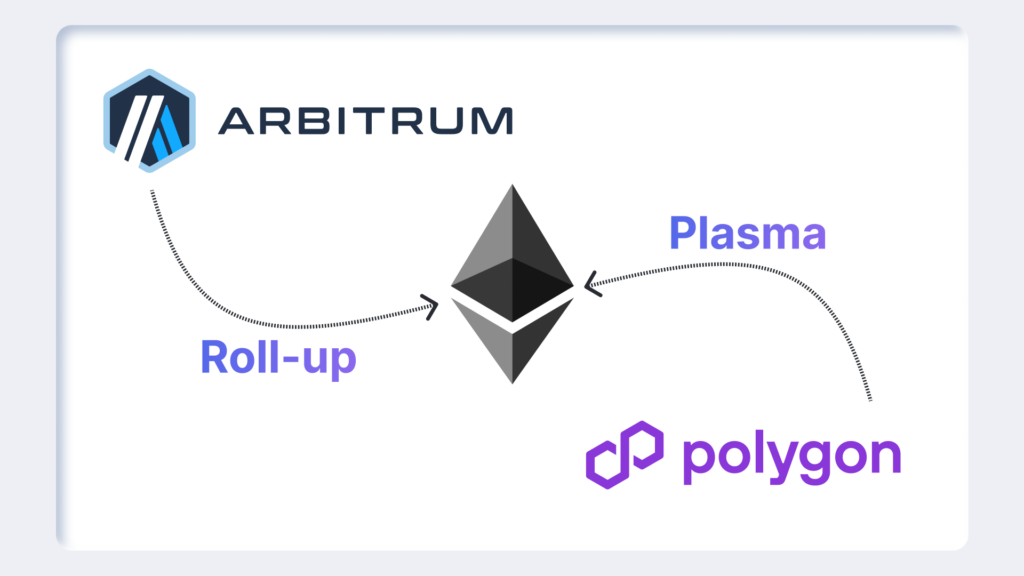The call for clarity
The DeFi Education Fund (DEF) thinks U.S. crypto builders need breathing room. In a 20‑page letter sent on April 18, the advocacy group asked the SEC to adopt a token safe harbor—a time‑limited zone where early‑stage projects can prove they are decentralizing without being branded securities on day one.
“A technology‑agnostic carve‑out will keep innovation onshore while Congress hammers out a full law,” DEF wrote.
Five principles, one goal
DEF’s proposal rests on five core principles.
- Technology Neutrality – Rules should target risk, not code. No hidden bias toward one consensus model.
- Broad Eligibility – Both new and already‑launched tokens may apply if they aim to decentralize.
- Balanced Disclosure – Source code, tokenomics, audits, and roadmaps—yes. Endless paperwork—no.
- Clear Exit Test – Publish the checklist. When a network is transparent, permissionless, and no team has levers of control, it graduates.
- Secondary‑Market Protection – While in the harbor, exchanges and market makers should not need broker‑dealer licenses.
How the framework might work
H2 – Open but accountable
Under DEF’s vision, a project would file a notice of intent with the SEC, start a three‑to‑four‑year clock, and disclose key facts through on‑chain or API feeds. Insiders would observe lock‑ups to keep incentives aligned.
If the project meets the Exit Test—maximum transparency, user‑held keys, no root admin keys—its tokens leave the securities bucket. If not, it may request an extension by proving “good‑faith progress.”
H3 – Safeguards for traders
Crucially, DEF says everyday users must feel safe trading. Therefore, exchanges that list a safe‑harbor token would operate outside traditional securities rules until the exit decision. That relief, DEF argues, will keep U.S. liquidity intact instead of driving volume offshore.
Why it matters now
The SEC’s enforcement‑first stance has left developers in limbo. Meanwhile, Congress debates several digital‑asset bills. By proposing a token safe harbor, DEF hopes to:
- Protect developers from immediate legal shock.
- Give investors required transparency without crushing startups.
- Prevent a brain drain of U.S. talent.
Industry groups welcomed the push. “Without a measured on‑ramp, the next generation of DeFi may simply launch elsewhere,” one venture partner told Cointelegraph.
Not everyone is convinced. Some policy analysts warn a safe harbor could invite bad actors. DEF counters that the clear Exit Test and disclosure stack limit abuse.
The token safe harbor is not a silver bullet. Yet it offers a structured bridge between today’s regulatory gray zone and tomorrow’s congressional action. By embracing technology‑agnostic rules, measured disclosures, and a firm decentralization checklist, DEF believes the SEC can shield users, empower builders, and keep the U.S. at the forefront of blockchain innovation. Now the ball is in the regulator’s court—will it seize the chance to turn friction into clarity?


